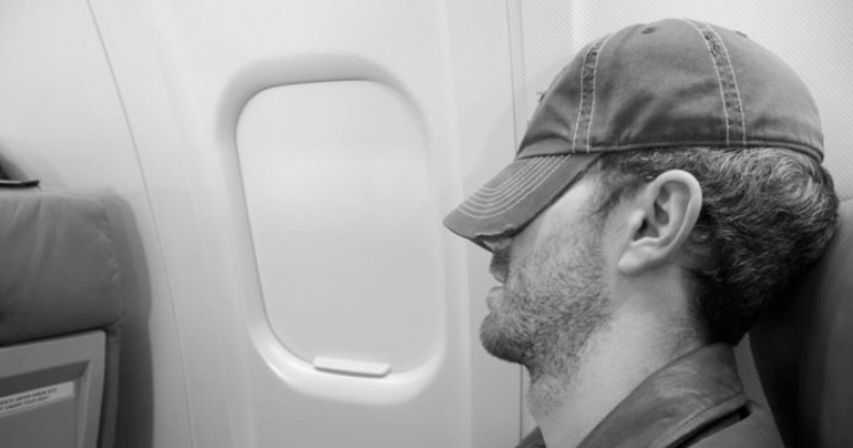Taking a long-haul flight this summer? You could be at risk for blood clots; what to know

With summer vacations on the horizon, many people are gearing up for long-haul flights. However, these lengthy journeys come with their own set of challenges, particularly the risk of blood clots, also known as Deep Vein Thrombosis (DVT). Doctors in the UAE are emphasizing the importance of staying active during these flights to mitigate health risks and enhance overall comfort.
Long flights often mean cramped seats, limited legroom, and the monotony of being confined to a small space for hours on end. While the idea of sleeping through the flight might seem appealing, the key to a more pleasant and healthy journey lies in staying active and engaged.
Common Issues Faced During Long-Haul Flights
Healthcare professionals highlight several common problems associated with long flights:
1. Deep Vein Thrombosis (DVT): This is a serious condition where blood clots form in the deep veins of the legs, which can be life-threatening if they travel to the lungs.
2. Musculoskeletal Issues: Back, neck, and shoulder pains often result from sitting in one position for too long or lifting heavy luggage improperly.
3. Dehydration: The low humidity in airplane cabins can lead to dehydration, causing various health issues.
4. Motion or Air Sickness: Many travelers experience nausea and discomfort due to motion or changes in air pressure.
Dr. Mahesh Cirasanambati, Managing Director of Physical Medicine and Rehabilitation at Burjeel Holdings, points out that staying active on long flights helps reduce stress, improves blood circulation, relaxes the body, and enhances mood.
Exercising on the Plane
Medics stress that with a bit of preparation, one’s journey can be as enjoyable as the destination. They recommend getting up and walking for three to five minutes whenever possible during the flight once the seatbelt sign is off. Dr. Laiba Ashfaq, a physiotherapist at Aman Lil Afia Clinic, explains some simple exercises that can help prevent stiffness. She suggests inhaling slowly through the nose and exhaling through the mouth, repeating this 10 to 15 times. Additionally, lifting the feet off the floor and moving them as if drawing a circle with the toes, then reversing the direction for 15 seconds, can help. Keeping the heel on the floor while lifting the front of the feet towards you, holding for a second or two, then flattening the feet and repeating 10 to 15 times is another recommended exercise. Raising the heel with the front of the feet on the floor, holding for a second or two, then flattening the heel around 15 times can also help. Finally, bending the knee and bringing it closer to the chest, holding for two to five seconds, then relaxing and repeating with the other leg for about ten times on each side is advised.
Staying Hydrated
Doctors also stress the importance of proper hydration to reduce the risk of clots and cramps. Dr. Hina Salam Siddiqui, a specialist in family medicine at Zulekha Medical Centre, Al Khan, advises drinking plenty of water to stay hydrated. This helps prevent muscle cramps. She also recommends doing neck stretches by tilting the head side to side and forward to stretch the neck muscles.
Staying Entertained and Eating Wisely
Staying entertained and eating wisely can help maintain energy levels. Rolling the shoulders forward and backward to relieve tension, and doing arm stretches by extending the arms overhead and to the sides to stretch, are important. Additionally, wearing compression socks can help improve circulation and reduce the risk of DVT.
Final Tips
Doctors suggest that staying active on a long flight involves not just exercises but also proper hydration, wise eating habits, and staying entertained. All these measures together can help make long-haul flights more comfortable and reduce the risk of common health issues associated with prolonged sitting.
By: Sahiba Suri





Comments